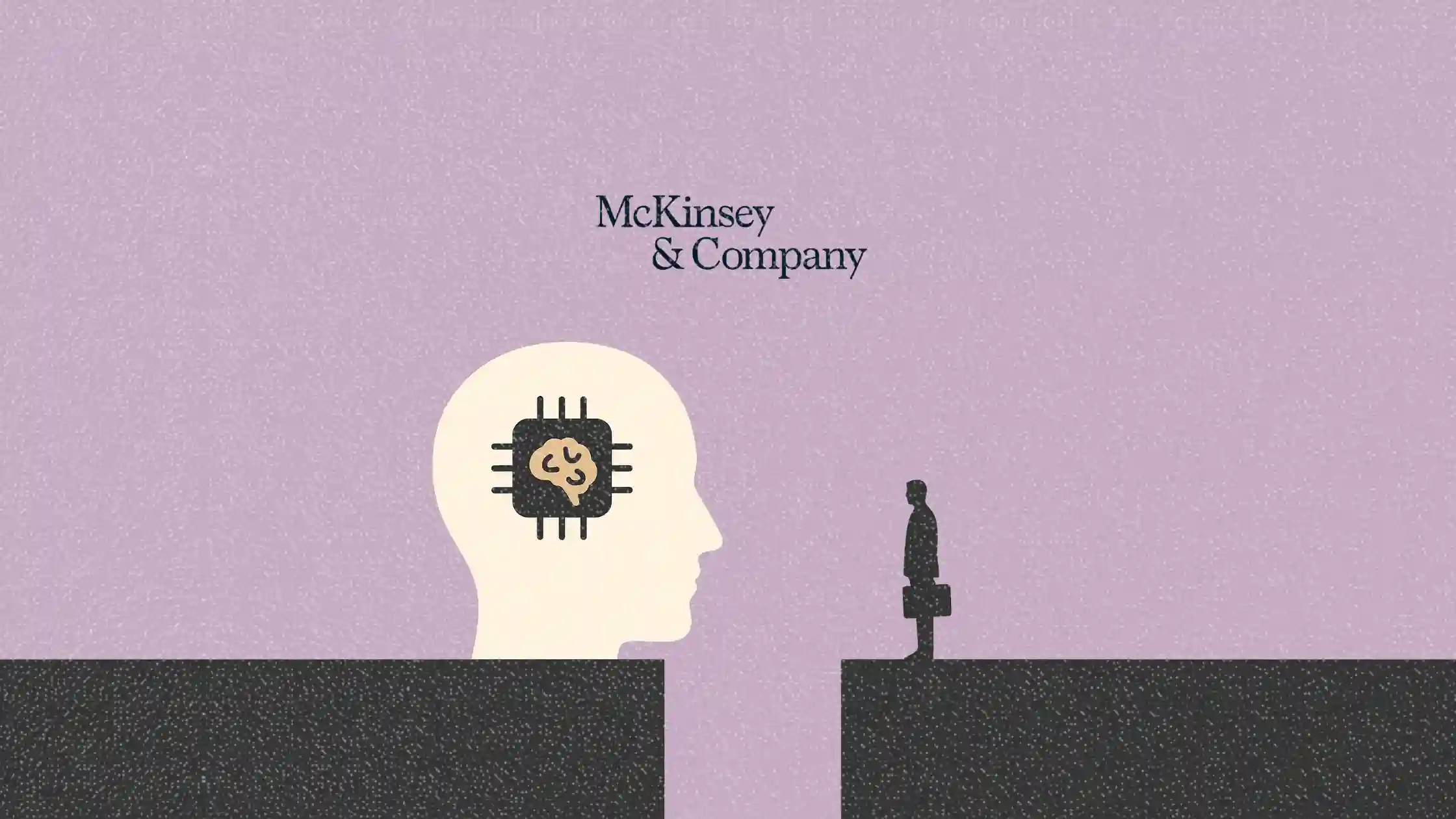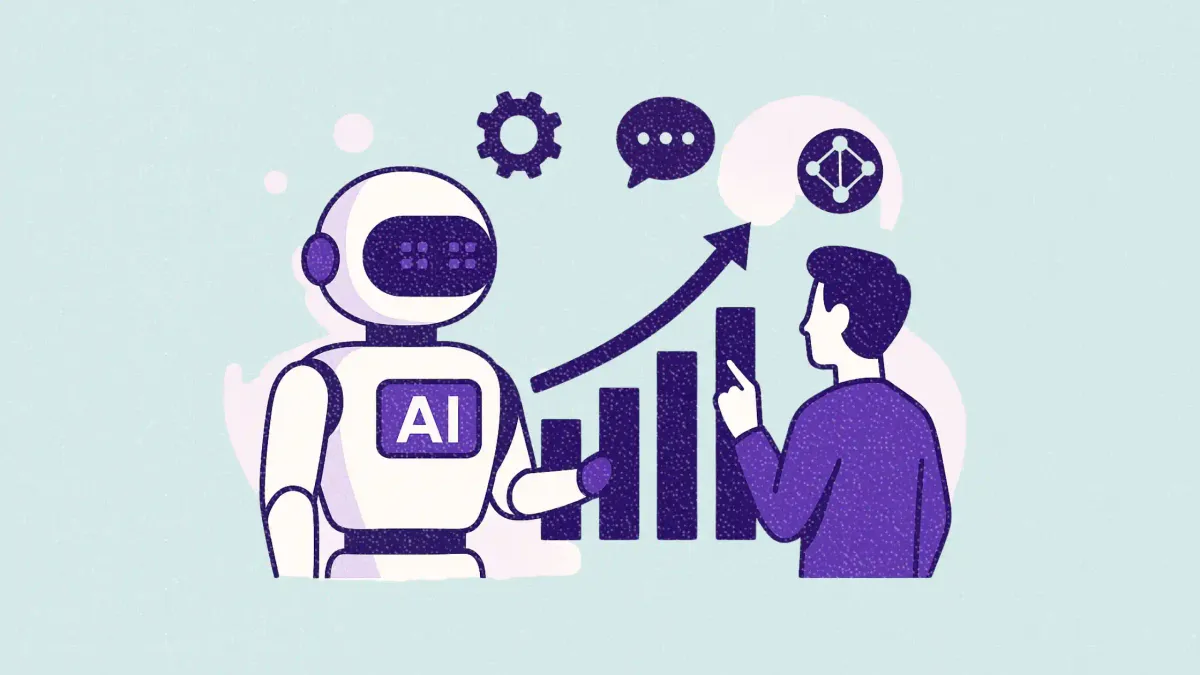What’s stopping AI progress? New McKinsey report finds leadership gaps
A new McKinsey report finds that employees are ready for AI, but leadership inertia is stalling progress

As AI hype cools and enterprise pressure heats up, McKinsey’s January 2025 report Superagency in the Workplace paints a revealing picture of where businesses really stand with generative AI.
The good news?
Employees are already embracing gen AI tools. The bad? Just 1% of companies say they’ve reached AI maturity, where adoption is scaled and delivering ROI.
This article explores key findings from McKinsey’s report, spanning executive readiness, employee appetite, and where things are breaking down. Marketers and business leaders will find insights on how to bridge the leadership gap and build a future-ready AI strategy.
Short on time?
Here’s a table of contents for quick access:
- The AI maturity gap is a leadership issue
- What employees want and aren’t getting
- Why ambition matters more than pilots
- What marketers should know

The AI maturity gap is a leadership issue
According to the report, 92% of companies plan to increase investment in generative AI over the next three years. Yet only 1% of C-suite leaders describe their organization as having mature deployment, where AI is deeply integrated into workflows and generating real business value.
Critically, it’s not employees who are slowing things down. Employees are three times more likely to be using AI tools than leaders assume. Nearly half already use gen AI for at least 30% of their work and expect that number to grow quickly.
The disconnect? Executives underestimate employee readiness and overestimate organizational challenges, particularly in training, resourcing, and risk alignment. Nearly half of C-suite leaders say their companies are developing gen AI tools too slowly.
What employees want and aren't getting
Employees aren’t just open to AI. They’re actively asking for it. Nearly half cite formal training as the most important factor for adoption, yet one in five say they’ve received little to no support.
Millennials in particular are emerging as AI champions. Employees aged 35 to 44 report the highest levels of gen AI familiarity and enthusiasm, and many already lead teams. They are well positioned to drive change from the middle, but they need C-suite backing to scale that impact.
Globally, employees in India, Singapore, and the UK report far more access to training and involvement in AI tool development than their US counterparts.
Why ambition matters more than pilots
Although 69% of companies began investing in gen AI over a year ago, most are stuck in pilot mode. Only a quarter of C-suite respondents say they’ve fully identified value-generating use cases. Just 1% report reaching full-scale maturity.
McKinsey argues that the real issue isn’t the tools. It’s the lack of bold, strategic ambition. Many companies focus on isolated tasks rather than transformative change. To deliver ROI, AI must be treated not as a tech project, but as a business redesign challenge.
What marketers should know
This report is a wake-up call, especially for marketers leading transformation initiatives. Here’s what you need to focus on:
1. Upskill your team
Don’t wait for company-wide programs. Start building AI fluency across content, creative, and strategy teams. Prompt engineering workshops and internal AI use-case demos are a good place to start.
2. Empower millennial managers
Millennials are both AI-savvy and in leadership roles. Let them lead by example in using AI tools to improve campaigns, operations, or customer engagement.
3. Bridge the tools-to-value gap
Using AI doesn’t mean it’s working. If you’re not seeing gains, assess whether your workflows are truly reengineered to benefit from automation.
4. Measure maturity, not usage
AI maturity isn’t about experimenting. It’s about integration, trust, and results. Use benchmarks that track real business outcomes.
For all the buzz around AI, the biggest roadblock isn’t technical. It’s leadership inertia. Employees are ready, use cases are growing, and the tooling is already powerful. What’s missing is bold execution.
Marketers who take ownership of their team’s AI readiness and focus on impact, not experimentation, will be the ones driving real value while others stay stuck in pilot mode.




